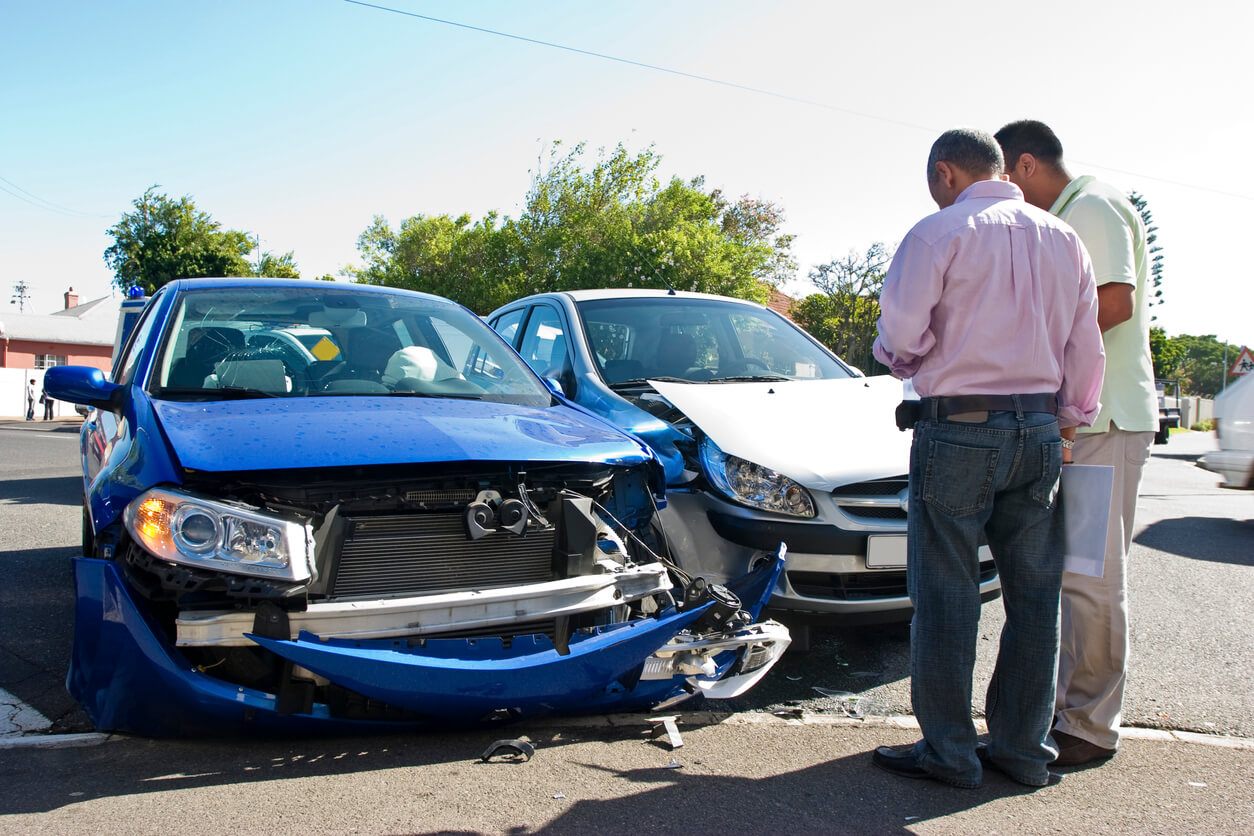Sometimes, who is at fault for causing an accident is not clear cut. One person may not carry all of the blame. If you played a role in contributing to an accident, but you were still injured in the incident, you are likely worried about how being partially at fault will impact your claim and your right to recover compensation for your injuries. Every state has its own laws regarding comparative negligence, which is the right of an injured party to recover damages when carrying partial blame for causing an accident. Pennsylvania’s comparative negligence laws may have a significant impact on your right to pursue compensation after an accident. Find out more here.
How Will Me Being Partially at Fault for the Accident Impact My Claim?
States vary in how they handle an accident injury victim being partially at fault in causing an accident. Some states will even place a full bar to recovery should a person partially contribute to causing an accident. These are states that follow a contributory negligence approach to such situations. There are only four contributory negligence states. Anyone who is even a tiny bit responsible for an accident risks not being able to recover damages at all. You can see how contributory negligence states are favored by insurance companies and defendants alike.
Most states follow a comparative negligence approach as opposed to a contributory negligence approach. However, there are two different kinds of comparative negligence approaches: pure comparative negligence and modified comparative negligence. With pure comparative negligence, it does not matter how much fault a plaintiff may carry for an accident, they will still be able to recover damages. This means that even if a plaintiff was 99% at fault for an accident, they would remain eligible to receive compensation for their injuries. About one-third of states follow a pure comparative negligence approach.
With modified comparative negligence, there is a threshold set for the degree of fault a plaintiff can carry and still recover damages. Should a plaintiff carry a percentage of fault above the established limit, then they will be barred from recovering damages. The established threshold for this varies slightly among modified comparative negligence states. Some states follow the 50% rule where any party that is 50% or more at-fault for causing an accident will be unable to recover compensation for damages sustained in an accident. Other states follow a 51% rule where any party that is 51% or more at-fault for causing an accident will be unable to recover compensation for damages sustained in an accident.
Pennsylvania is a modified comparative negligence state and follows the 51% rule. That means that you will be able to recover damages in an accident if you were less than 51% at fault. Be aware, however, that your damages will be reduced by the percentage of fault that you end up being assigned. That means if you are found to be 20% at fault for an accident, you will be eligible for compensation, but your compensation awarded will be reduced by 20%.
Philadelphia Personal Injury Attorneys
Determining fault and percentage of fault in an accident can have a profound impact on the amount of compensation you are eligible to receive in a personal injury claim. At Cooper, Schall & Levy, we are experienced in handling the most complex of personal injury actions. We are dedicated to providing our clients with zealous and effective legal counsel. Contact us today.


